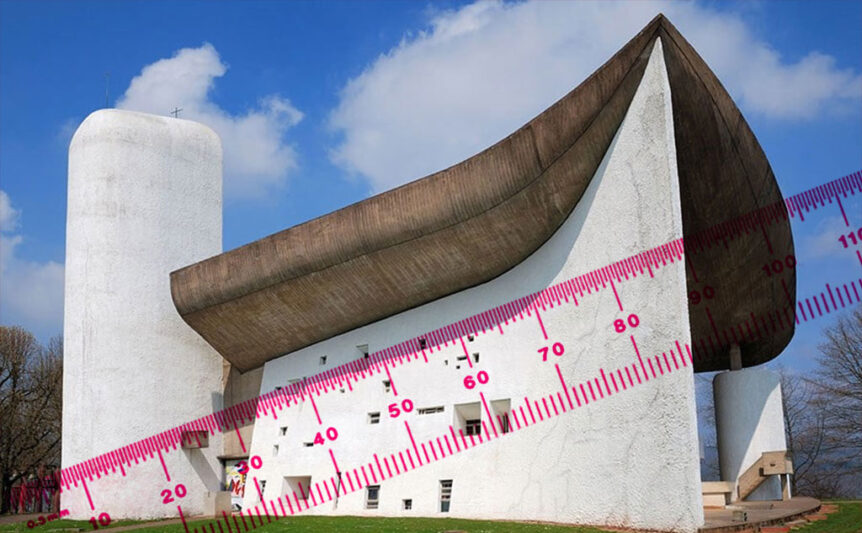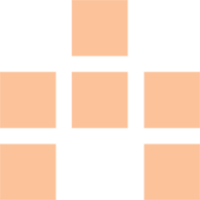
Scale of Beauty
Alexandros A. Lavdas and Nikos A. Salingaros
After decades of being ignored, the concept of beauty, as understood by the non-architect, has recently been making a comeback in architecture, not so much in the practice itself, as in appeals for design solutions that are more human-centered and not dictated by abstract principles. Architectural beauty needs to be evaluated from its effects on human health. This study discusses two diagnostic tools for measuring the degree of architectural “beauty” and presents the results of the pilot application of one of them. The goal is to use diagnostic imaging for evaluations. Analytical elements are introduced from disciplines with which practitioners are normally not familiar, such as artificial intelligence, medicine, neuroscience, visual attention and image-processing software, etc. In addition to the diagnostic tools, this paper ties related ideas on objective beauty into a novel synthesis. These results support the idea of a feasible, “objective” way to evaluate what the users will consider as beautiful, and set the stage for an upcoming larger study that will quantitatively correlate the two methods.
